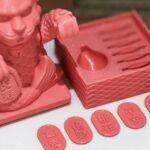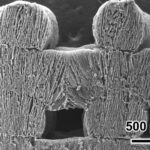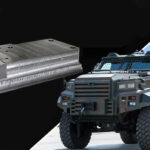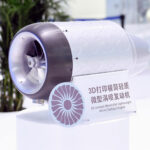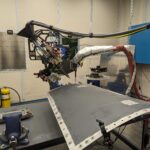Recent research has demonstrated the first successful production of uranium-based monoliths using vat photopolymerization for nuclear applications. This process utilizes uranyl cations as photocatalysts in photopolymerization-based additive manufacturing.
Uranium, crucial in nuclear physics and radiopharmacy, traditionally poses challenges in 3D printing due to its complex photochemistry. However, the study highlights a new synthesis protocol integrating uranyl cations into photocurable sol–gel formulations. This method combines the photochemical reactions of uranyl ions with vat photopolymerization, specifically Digital Light Processing (DLP). The resultant 3D printed structures are then converted into uranium dicarbide (UC2)/carbon nanocomposites via carbothermal reduction.

The research has shown the capability of additive manufacturing to create complex, micro-architected uranium components with precise geometric control. These structures have potential applications in reactor components and nuclear fuel architectures, leveraging the high uranium density and thermal properties of uranium carbides. The DLP technique offers high resolution, enabling the production of parts with intricate details and functional porosity. This porosity can enhance thermomechanical performance and gas transport in nuclear fuels.
The study opens new avenues for using uranium in additive manufacturing, enhancing the design and functionality of nuclear materials. This process demonstrates the feasibility of direct patterning uranium-based materials, providing a method to create high-fidelity, complex structures for nuclear applications.
You can read the full research paper, titled “First Structured Uranium-Based Monoliths Produced via Vat Photopolymerization for Nuclear Applications” over at this link.


